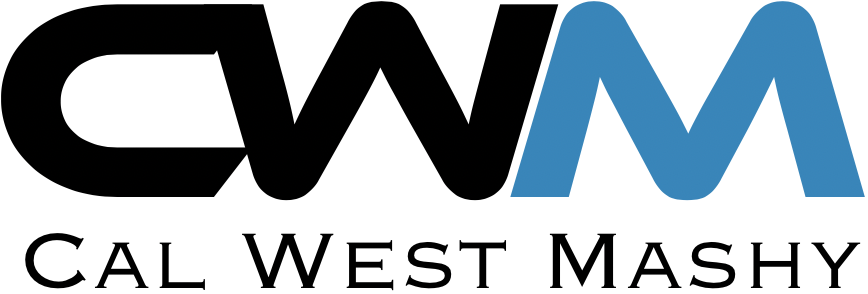SAMPLING AND NIR MEASUREMENT DEVICE XAM-1
XAM-1 Combined sampling and nir measurement device
XAM-1, a collaboration with Carl Zeiss MicroImaging GmbH and Hellma GmbH, introduces a new generation of valves combining on-line measurement of residual solvents with solid product sampling.
Main Functions
Solids Sampling
Starting from the rest position, the plug
valve moves into the drying chamber
and collects the sample.
Then, it pulls back to the discharge position, deposits the sample into a removable container, and finally returns to the rest position.
In-line NIR spectroscopy of residual solvent
The plug has an internal cavity that houses a diffused-reflection probe, with a sapphire window on the end.
The probe is connected to a NIR spectrometer via a fiber optic cable.
This system generates real-time, quantitative analytical data corresponding to the residual solvent amount that remains in the solid, which can be used for automatic control of the drying process.
The measurements are automatic, and can be made at set intervals or continuously.
Washing
An actuated ball valve, with a pass-through hole, is positioned between the sampling valve and the drying chamber.
In the sample discharge position, the ball valve can be closed to wash the product contact surface area, preventing contamination between subsequent samples and guaranteeing the elimination of eventual crusts on the sapphire window.
Calibration
The functional integration of the solids sampling and the NIR spectroscopy measurement in the same unit allows
for a quick chemometric model on
which to base the quantitative analysis.
Features
"Intrusive" plug-type sampling valve
Perfectly flush mounted to the internal wall of the vessel
Linear pneumatical actuator with three positions
The end of the plug is provided with a pocket in which solids sample is collected
Gas purge connection helps the discharge of the solids sample into a container, attached below the discharge position
Sampling without breaking vacuum or venting the pressure inside the vessel
Contact parts : AISI 316 L, HC 22 and many others
Gaskets: PTFE, FEP, EPDM
Diffused reflection NIR probe (Hellma), separated from the process by a sapphire window, internal structure made up of illuminating optical fibers (halogen light source integrated into the NIR spectrometer) and receiving optical fibers.
Optical fibers have an adequate length to bridge the distance between probe and NIR spectrometer.
NIR diode array spectrometer (Zeiss), to be placed in a safe area
Light source: Halogen Lamp
Lamp drift correction:Internal reference over a second, Measuring channel
Multiplexer: Shutter control, 2 channels
Optical Sensor: Monolithic with a diode array technique
Wavelength range: 960nm - 1690nm or 1350nm - 2000nm
Number of pixel: 256
Wavelength accuracy: +- 1nm
Photometric accuracy: +- 1% reflection
Software: ProcessXplorer
Main software features: Trend monitoring, integration of PLS-models (Grams® and/or Unscambler®), CFR 21 Compliance
System Characteristics
Applications: Determination of residual humidity/solvent at set intervals or continuously)
Range: 0 - 20% (humidity/residual solvent)
Accuracy: < 0,5% (in the range from 0 - 5 %)
Advantages
Representative sample of the solids in the vessel
Reduction in the number of samples taken
Reduction in the dead time during the drying phase
Technical implementation of the PAT (Process Analytical Technology) control for the optimization of the drying process
Reduction in operator exposure and in product contamination
Pilot trials to test the suitability of the applications


